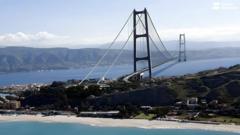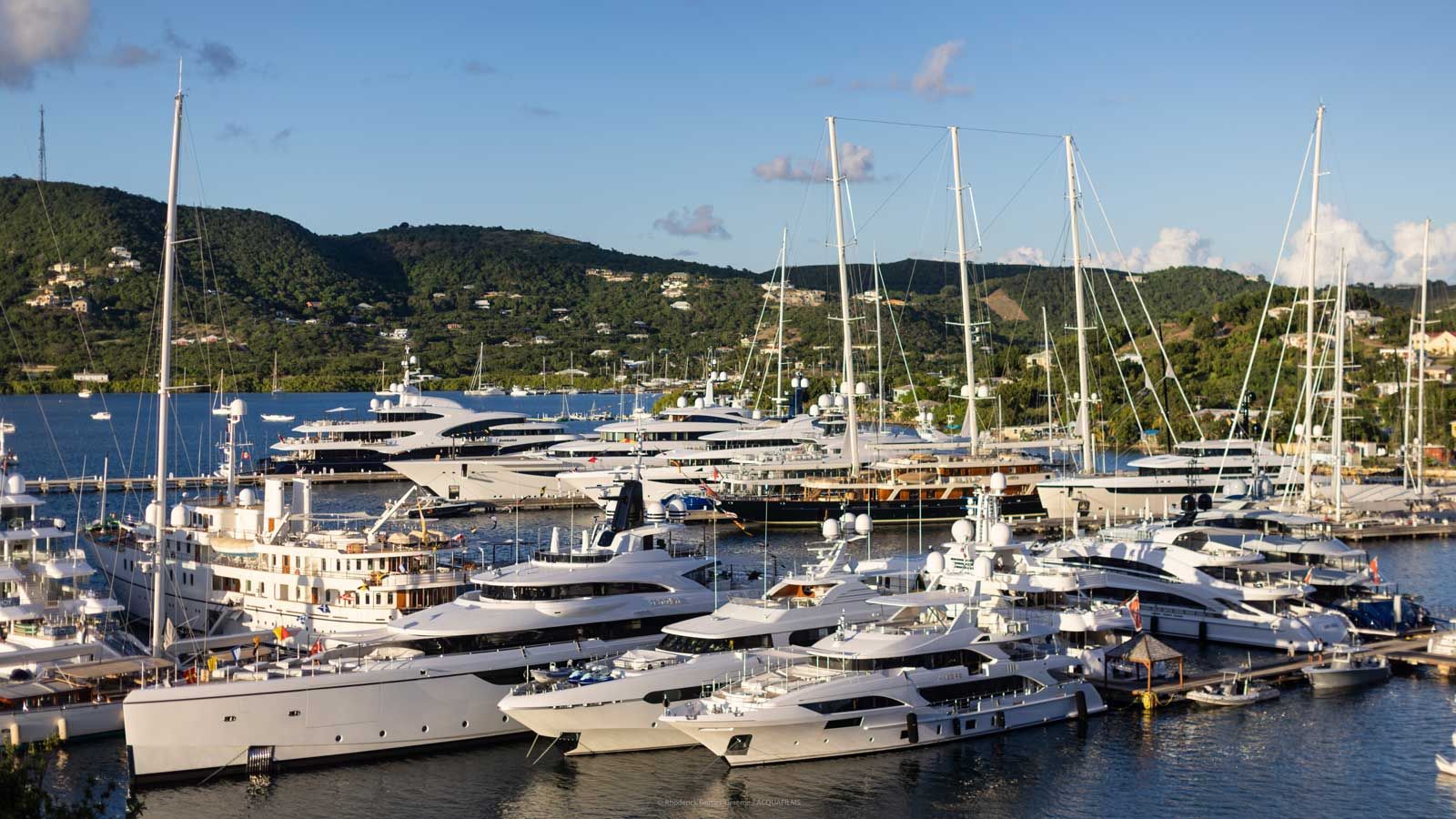The Italian government has granted final approval for an ambitious €13.5 billion ($15.6 billion) project, which aims to construct the world's longest suspension bridge, linking Sicily with Calabria at the southern tip of the Italian peninsula. This bridge, designed to withstand seismic activity in the Mediterranean, has met with prolonged skepticism and concerns over its feasibility, safety, and environmental repercussions.
Prime Minister Giorgia Meloni has labeled this endeavor an "investment in Italy's present and future," despite acknowledging the challenges faced in bringing the project to fruition. The bridge, set to span 3.3 kilometers (2.05 miles) between two towering 400-meter (1,300 feet) structures, will feature two railway lines, flanked by three traffic lanes on either side.
Transport Minister Matteo Salvini, aligned with Meloni's right-wing Lega party, celebrated the project's milestone, forecasting its completion between 2032 and 2033. With the potential to generate approximately 120,000 jobs annually, Salvini expressed confidence in the bridge's ability to stimulate economic growth, particularly in the impoverished regions of Sicilia and Calabria.
However, before construction can commence, the project must receive final approval from the Italian Court of Auditors, as well as relevant environmental agencies at both national and EU levels. Local residents whose properties could be affected by the bridge's construction will also need to be consulted, and there is potential for legal challenges stemming from those opposed to its development.
Opposition to the bridge has been fierce, with local politicians voicing their concerns. Senator Nicola Irto of the Democratic Party criticized the project, deeming it controversial and divisive, suggesting that funds should instead be allocated to improvements in local transportation and essential services like healthcare and education. Mayor Giusy Caminiti of Villa San Giovanni has expressed worries that the construction would significantly impact her community, calling for more time for public consultations.
Furthermore, critics, including the grassroots group "No to the Bridge," have accused the government of prioritizing political over technical considerations in advancing this proposal. They raise concerns over the bridge's projected water usage amid recurring drought conditions in both regions—an issue that could exacerbate existing shortages for local communities.
At present, trains crossing the Strait of Messina require ferry transport, involving a 30-minute journey, highlighting the need for improved infrastructure. The future of the Messina Bridge remains contingent upon navigating these local and environmental challenges, with sentiments divided among stakeholders.
Prime Minister Giorgia Meloni has labeled this endeavor an "investment in Italy's present and future," despite acknowledging the challenges faced in bringing the project to fruition. The bridge, set to span 3.3 kilometers (2.05 miles) between two towering 400-meter (1,300 feet) structures, will feature two railway lines, flanked by three traffic lanes on either side.
Transport Minister Matteo Salvini, aligned with Meloni's right-wing Lega party, celebrated the project's milestone, forecasting its completion between 2032 and 2033. With the potential to generate approximately 120,000 jobs annually, Salvini expressed confidence in the bridge's ability to stimulate economic growth, particularly in the impoverished regions of Sicilia and Calabria.
However, before construction can commence, the project must receive final approval from the Italian Court of Auditors, as well as relevant environmental agencies at both national and EU levels. Local residents whose properties could be affected by the bridge's construction will also need to be consulted, and there is potential for legal challenges stemming from those opposed to its development.
Opposition to the bridge has been fierce, with local politicians voicing their concerns. Senator Nicola Irto of the Democratic Party criticized the project, deeming it controversial and divisive, suggesting that funds should instead be allocated to improvements in local transportation and essential services like healthcare and education. Mayor Giusy Caminiti of Villa San Giovanni has expressed worries that the construction would significantly impact her community, calling for more time for public consultations.
Furthermore, critics, including the grassroots group "No to the Bridge," have accused the government of prioritizing political over technical considerations in advancing this proposal. They raise concerns over the bridge's projected water usage amid recurring drought conditions in both regions—an issue that could exacerbate existing shortages for local communities.
At present, trains crossing the Strait of Messina require ferry transport, involving a 30-minute journey, highlighting the need for improved infrastructure. The future of the Messina Bridge remains contingent upon navigating these local and environmental challenges, with sentiments divided among stakeholders.



















